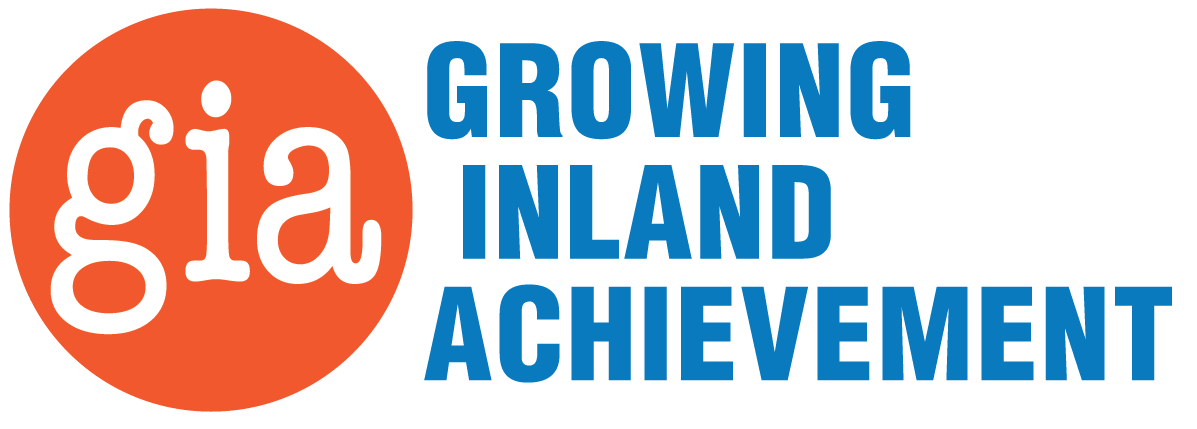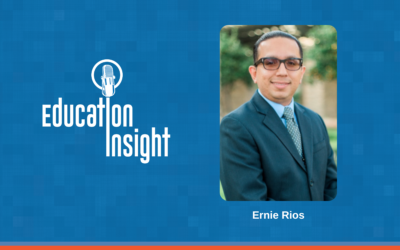working together
For Inland Empire Educational & Economic Success
Growing Inland Achievement (GIA) is a regional K-16 collaborative working to achieve educational and economic equity in the Inland Empire. GIA staff support this work by engaging a cross-sector network of education, government, nonprofit, and business institutions in the Inland Empire, working towards a shared vision of educational and economic success. GIA’s vision is that by 2035, San Bernardino and Riverside Counties will be widely recognized for their educated workforce, thriving communities, and vibrant economy that creates prosperity for all. Everyone who lives, works, studies, and conducts business in the Inland Empire plays a critical role in achieving GIA’s vision. Thank you for your collaboration and support.
Let’s stay in touch
Join our newsletter to stay up to date on educational news and information that impacts the Inland Empire region. Subscribers receive insights on the impact of network initiatives, news, information, tools, and resources. Transformation is achievable if we work together.
Recent News & Announcements
Education Insight: The KITS Program – Building Brainpower in Infants and Toddlers
About This Episode Season 4. Episode 10.In this episode of Education Insight, we explore the impactful work of the Karnig Infant Toddler Success (KITS) program, which is...
Education Insight: UCR – Transforming Inmate Rehabilitation with In-Person Degrees
About This Episode Season 4. Episode 9.In this episode of Education Insight, we dive into a powerful initiative that aims to reduce recidivism by making inmates truly...
Education Insight: Bringing Unity to Schools as an Old Program Finds New Success
About This Episode Season 4. Episode 8.In this episode of Education Insight, host Lacey Kendall takes a closer look at the rising tensions in school board meetings and how a...
Annual Education Summit Brings Inland Empire Leaders Together for Collective Action
INLAND EMPIRE, CA – Growing Inland Achievement (GIA), a nonprofit dedicated to improving educational and economic success in the Inland Empire, is gearing up for its 7th...
Education Insight: Tackling the Male Enrollment Crisis – The Gents Alliance Program
About This Episode Season 4. Episode 7.In this episode of Education Insight, we feature Ernie Rios, Vice President of College Success at One Future Coachella Valley and...
Education Insight: The PTA’s Journey from Tradition to Modern Advocacy
About This Episode Season 4. Episode 6.-In this episode of Education Insight, we take a deep dive into the 125-year legacy of the Parent Teacher Association (PTA) and its...
Education Insight: California’s Push for Phone-Free Classrooms
About This Episode Season 4. Episode 5.In this episode of Education Insight, we dive into the implications of Assembly Bill 3216, also known as the Phone-Free Schools Act,...
Education Insight: Reviving Local Journalism in the Inland Empire: A Community Effort
About This Episode Season 4. Episode 5.As local newspapers and radio news reports continue to disappear across the U.S., many communities are finding themselves without...
The Transformative Power of Postsecondary Education in California’s Inland Empire
In California's Inland Empire, education is more than just a pathway to personal success—it's a driving force behind regional economic growth and social well-being. Our...
REGIONAL PILLARS OF SUCCESS
Increase educational attainment, with specific emphasis on accelerating success for historically marginalized student groups.
Foster an efficient, high-quality education system that creates equitable access for all students.
Build equitable structures in education to eradicate systemic racism.
Fuel a robust future economy that increases equitable career opportunities and employment.
Eliminate the chasms in wealth, income, and poverty rate which disproportionately affect people of color.









